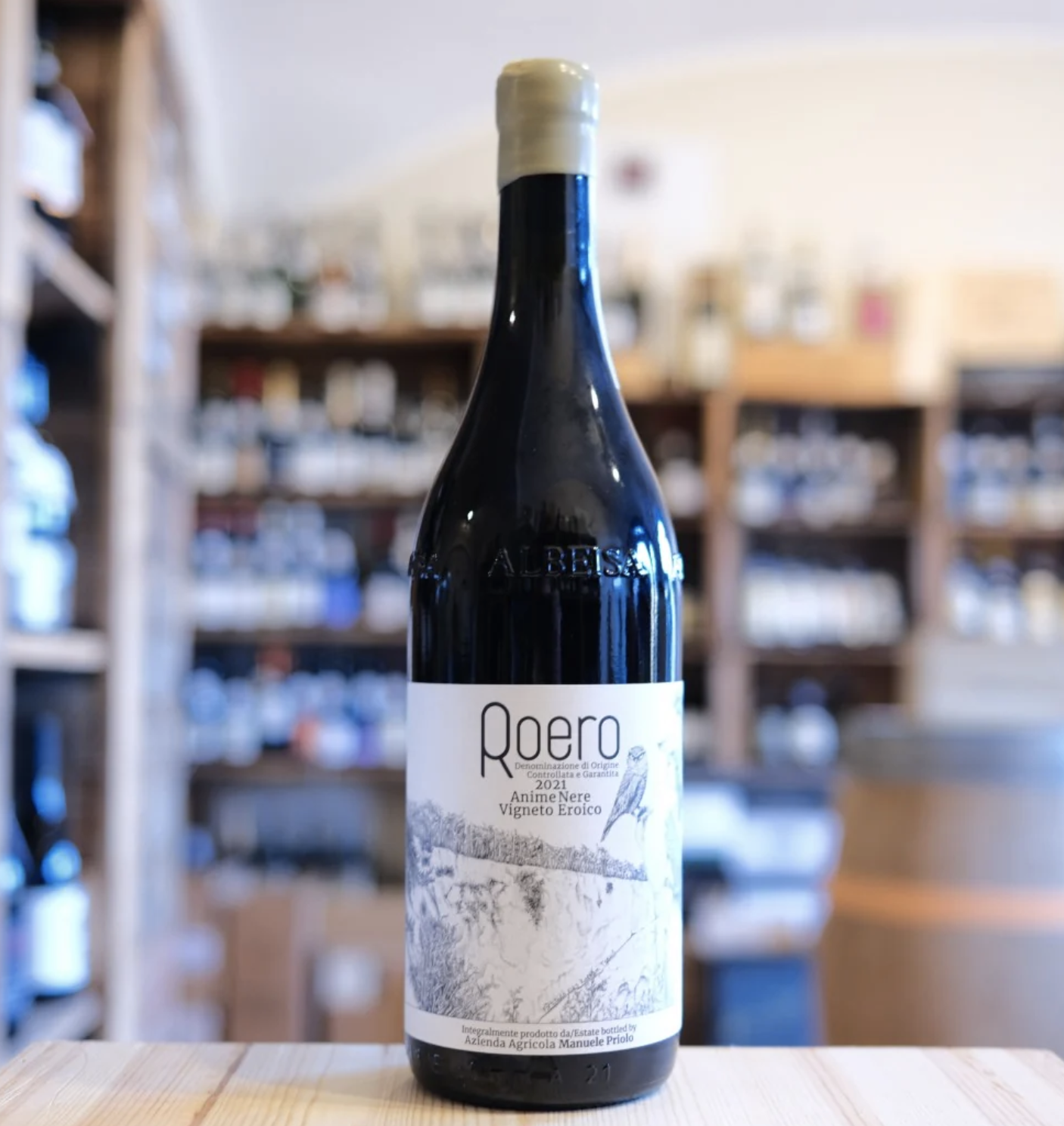“There were a lot of tests and a lot of time dedicated to studying and creating this seal; I was looking for materials other than tin or plastic polylaminate, so common and functional, but at the same time expensive from an environmental point of view.”
• Do research and experiment with new low-impact opportunities for packaging
• Counteract disposable
The premium range capsule The wines produced by Manuele Priolo are made of 100% organic material: a mixture consisting of 3/4 virgin beeswax and 1/4 of alabaster chalk, processed and applied by hand on each of the approx. 2,000 bottles produced per year.
They are raw materials that, once their function is exhausted, can be disposed of in organic or composted.
The capsule tells a story of territoriality and meticulous care throughout the supply chain, from the management of the vineyard to the last detail of bottling, through the creation of close relationships.
This capsule, which helps to make the entire packaging 100% plastic free, was born from the desire of the winemaker to find materials other than tin, aluminum or plastic polylaminate, common and functional, but at the same time costly from an environmental point of view and often also socially (think of the exploitation of child labor, for example, for the extraction of tin in many mines). “And the cost itself is not only due to the materials and their processing, there are even more expensive materials in the ecological field; but the enormous cost derives from the fact that they are merely aesthetic elements of packaging, without a technical function from the point of view of preserving wine.”
The capsule, due to the intrinsic characteristics of the material, also becomes a warranty seal: it melts at 50/55° centigrade, but is subject to deformation as early as 45°, so if it is handled for a long time it can demonstrate its “tampering”.







